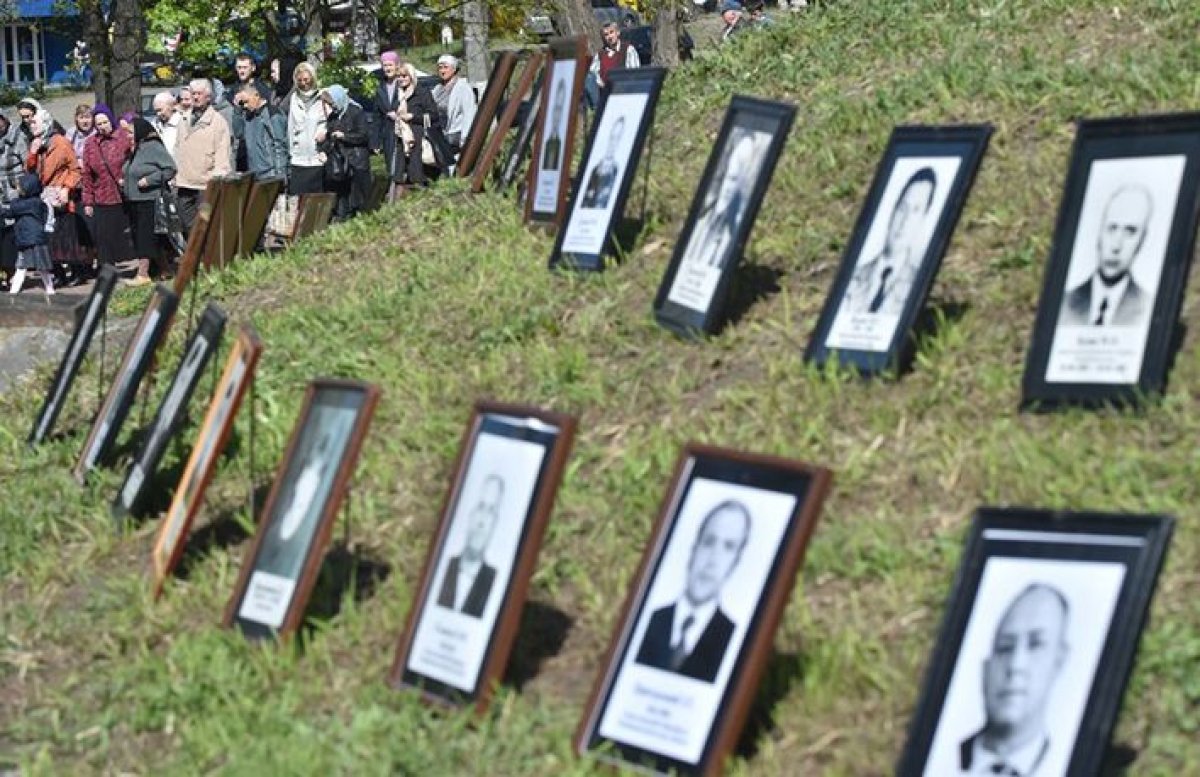The 1986 Chernobyl power plant accident is often referred to as the world's worst nuclear disaster. When one of the four reactors at the Chernobyl Nuclear Power Plant exploded early in the morning of April 26, 1986, a cloud of radioactive material rained down on the nearby towns and villages in what are today Ukraine, Belarus and Russia.
Firefighters, many of whom later died from radiation exposure, were dispatched to pour water on the reactor. Nevertheless, the fire burned for nine days. All of the 50,000 people living in the nearby town of Pripyat, which had been constructed in the 1970s to house power-plant workers and their families, were immediately evacuated. An estimated 350,000 people were evacuated from the area around the plant. Eventually an area of around 1,000 square miles was designated the Exclusion Zone. Travel to the area was prohibited. In the years that followed, nature took over the abandoned area.
Now, as Chernobyl becomes a popular destination for people interested in extreme tourism or the history of nuclear disaster, one major question remains: Is Chernobyl safe?
Is Chernobyl safe?
"People say it's not that dangerous. Even about living there, they say that the people living there are healthy," said Franka Hummels, a Dutch author and journalist who spent years traveling to the exclusion zone in Belarus to conduct research for a book on Chernobyl. "The people who are not living there have either died or moved away to somewhere with good health care, so yes, the people who remain are healthy; that's how it works. But that doesn't mean it is healthy to live there."
How many people died from Chernobyl?

Officially, 31 people died in the Chernobyl disaster. But researchers estimate that thousands, perhaps tens of thousands, may have died or fallen ill from exposure to radiation after the accident. Ukraine and Belarus both have a high percentage of the population that suffers from thyroid cancer, one of the only illnesses that can be traced directly back to radiation.
How long until Chernobyl will be completely safe?

It depends on which part of Chernobyl you're talking about. The highly publicized number is 20,000 years, but that refers specifically to the Elephant's Foot, the highly radioactive remains of the reactor itself. In a broader sense, it's harder to pin down how long it will be until Chernobyl is completely safe. Experts estimate anywhere from 20 years to several hundred years, because the contamination levels are not consistent in the surrounding area.
It is also tempting to compare Chernobyl to Hiroshima, which was the site of an atomic bomb attack but is safe today. However, the radioactivity is completely different. A nuclear bomb is designed to release all its energy in a massive burst, and the radiation disperses quickly. In the case of Chernobyl, radioactive elements were scattered in an explosion. That means highly radioactive pieces of the reactor, for example, are embedded in the soil and continue to leak radiation into the surrounding environment.
Can you live in Chernobyl now?

Some elderly people from the area have moved back home. At least 100 people are estimated to be in Ukraine's Chernobyl exclusion zone today. In neighboring Belarus, the number may be higher.
"Belarus has this strange relationship with Chernobyl and the Exclusion Zone because of the dictatorship, because it's a propaganda dictatorship," Hummels added, describing the Belarusian government of Alexander Lukashenko, who is often described as Europe's last dictator. "So if the government says it's safe, your life is easier if you just go along with it. So people just choose to believe the government that it's safe."
Meanwhile, people living in the Exclusion Zone in Belarus get access to free health care and electricity, among other perks, a fact that has encouraged low-income people and other vulnerable communities to move there. Russian tourists take advantage of the empty space and pristine nature to camp and fish, and sometimes they temporarily occupy an abandoned house as a summer residence.
Uncommon Knowledge
Newsweek is committed to challenging conventional wisdom and finding connections in the search for common ground.
Newsweek is committed to challenging conventional wisdom and finding connections in the search for common ground.
About the writer
Cristina Maza is an award-winning journalist who has reported from countries such as Cambodia, Kyrgyzstan, India, Lithuania, Serbia, and Turkey. ... Read more
To read how Newsweek uses AI as a newsroom tool, Click here.








